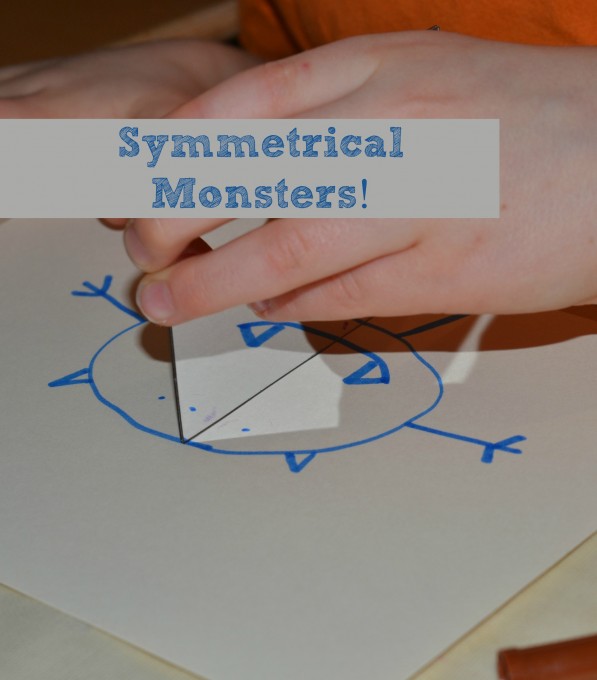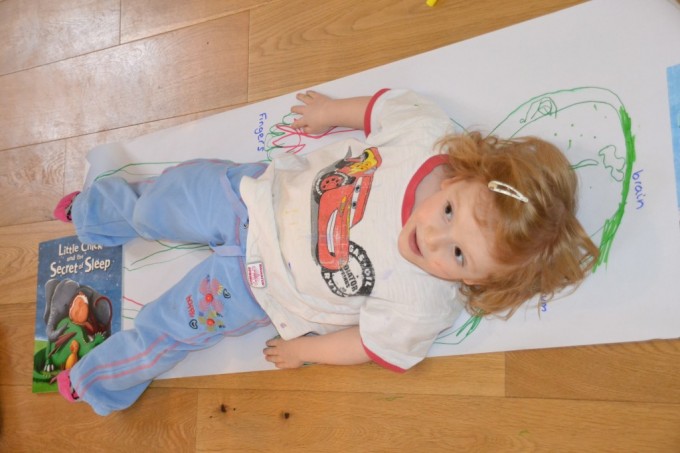My 7 year old loves patterns and symmetry. When he builds a LEGO or DUPLO house they always follow either a pattern or are symmetrical. I think symmetry appeals to his mathematical brain.
Today we’re sharing lots of fun ways to learn about symmetry, which might sound boring but is actually fascinating. Did you know we are symmetrical? and some people believe animals look for symmetry when choosing a mate?
Ideas for learning about Symmetry
Take a walk, what can you find that’s symmetrical? How about leaves? Or flowers? Make a symmetrical pattern.
We made lots of symmetrical lines with LEGO.
Can you draw symmetrical monsters? Use a mirror if that helps.
Think about your own body, is it symmetrical? We talked about how if you drew a line from the middle of our head down our body it is the same on each side. Think how hard it would be to walk if our legs were not symmetrical. Can you draw around your body and draw in the line of symmetry?
What is Symmetry?
The simplest type of symmetry is Line Symmetry where one half of an image or shape is a reflection of the other.
Rotational Symmetry is where a shape can be rotated and still look the same.
Point Symmetry is where each part has a matching part the same distance from the central point but in the opposite direction. Humans and more generally vertebrates are bilaterally symmetrical. This feature helps with movement, and so helps animals hunt for food and avoid predators.
Can you think of any other benefits of being bilateral?
For more great symmetry ideas check out these fun downloads from Twinkl here.
Last Updated on April 5, 2016 by Emma Vanstone




Leave a Reply